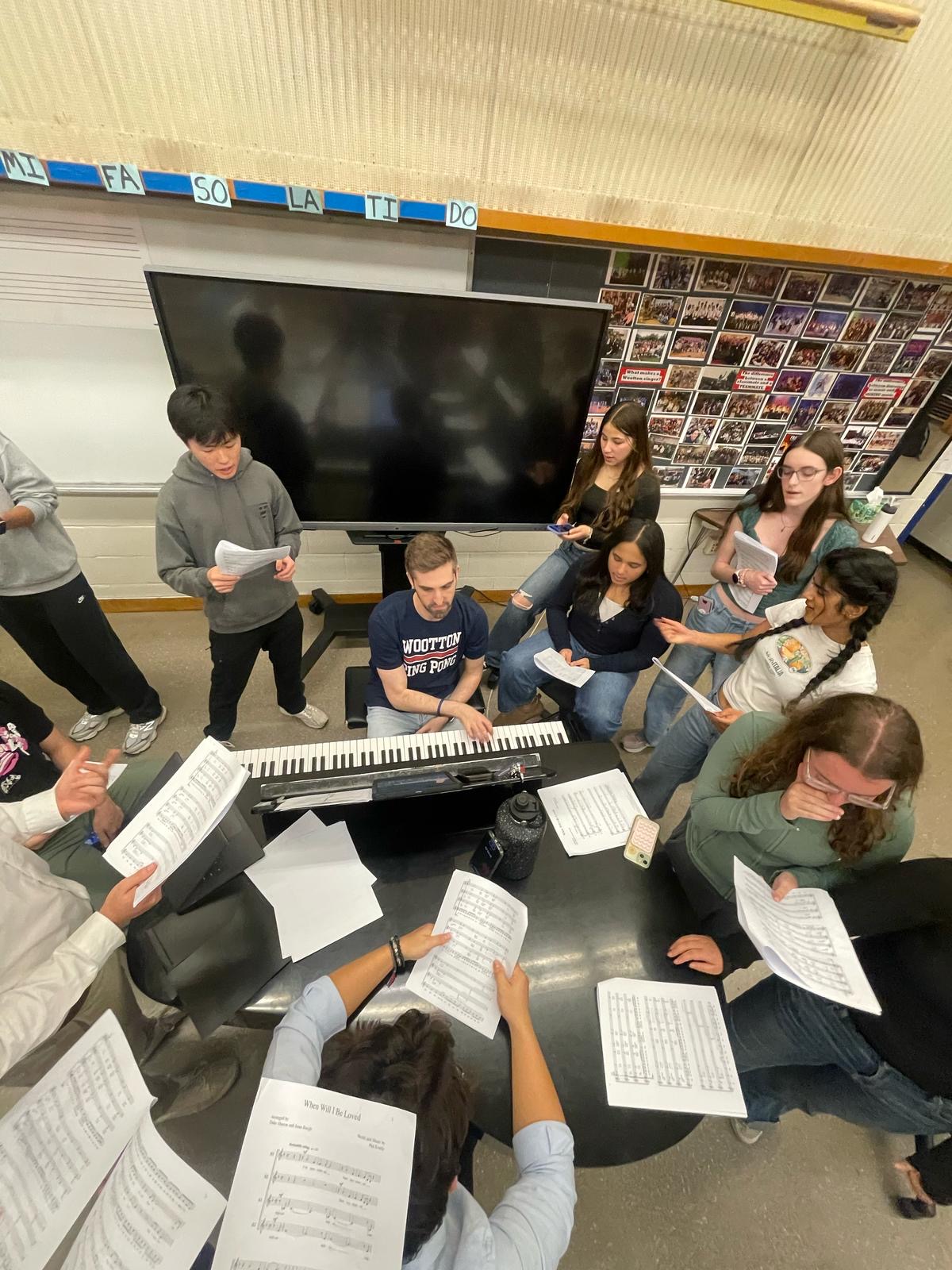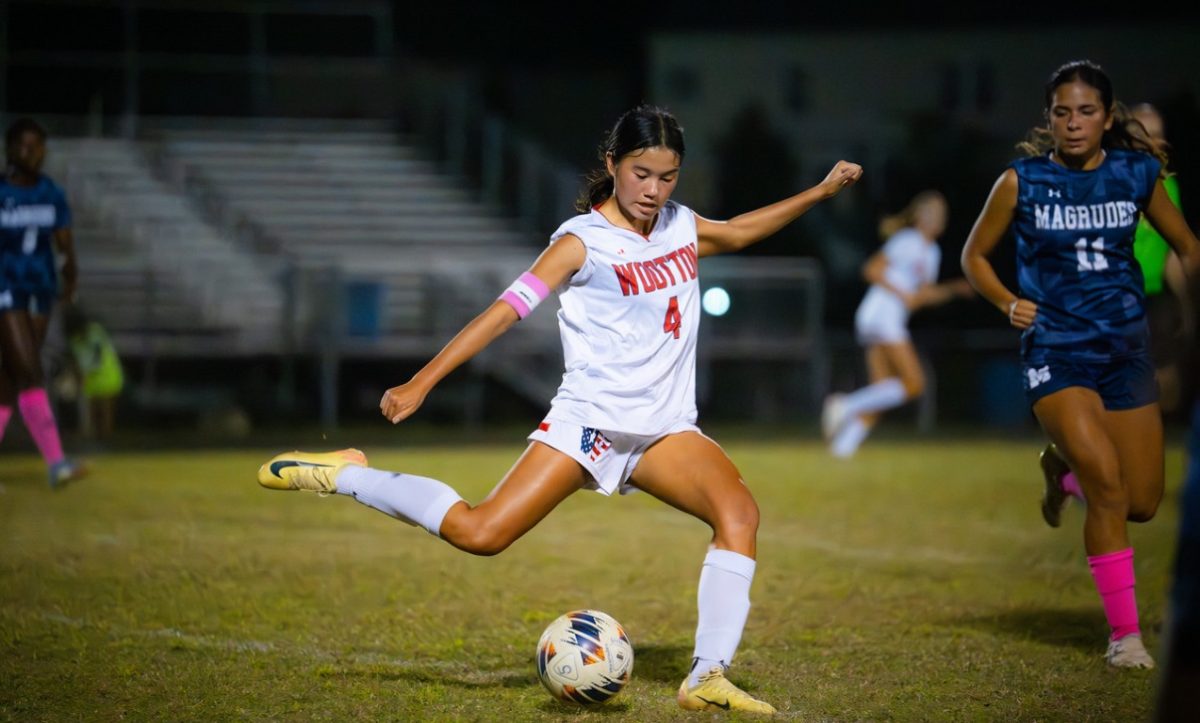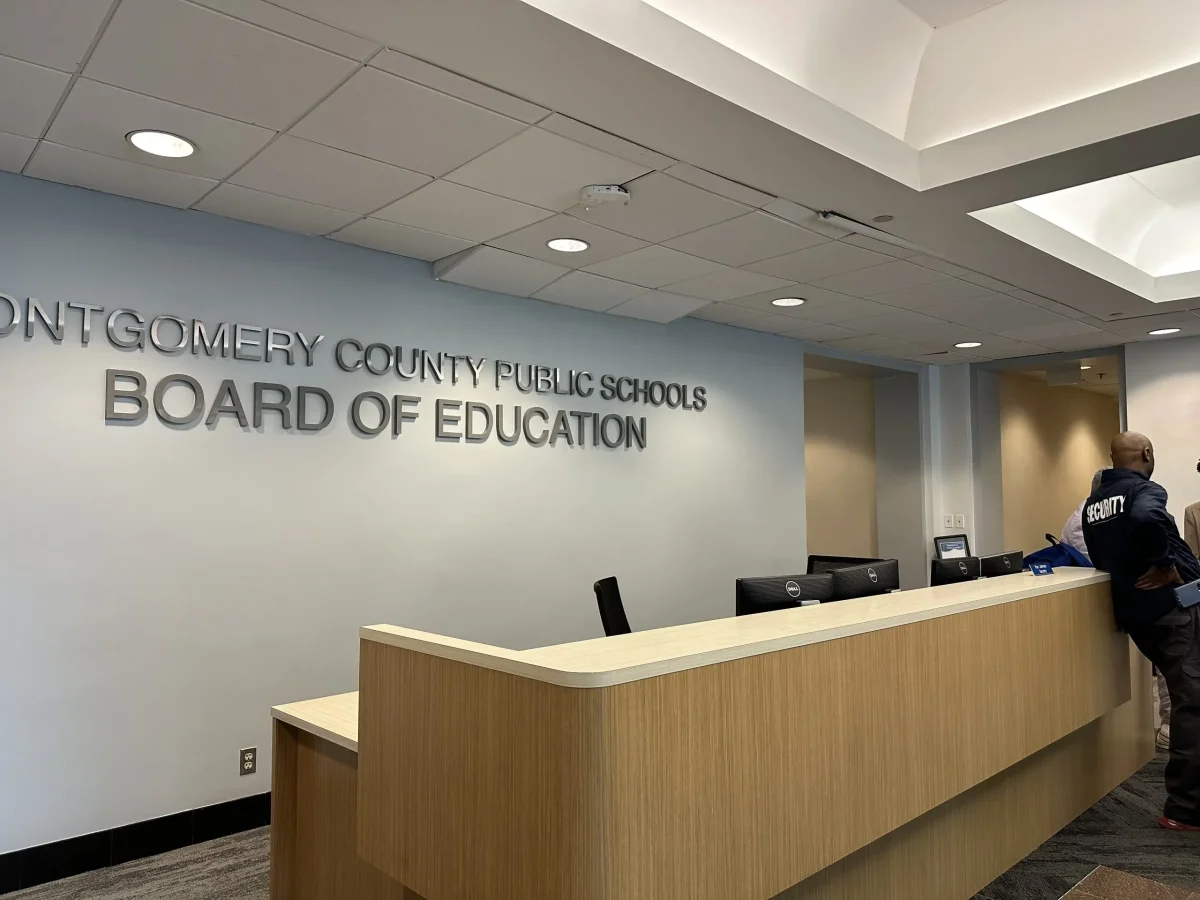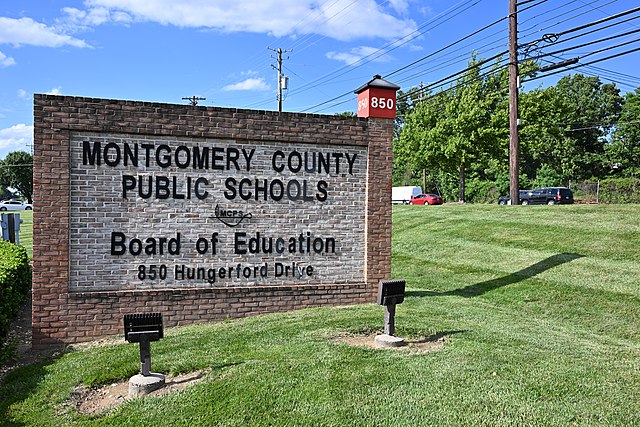Extracurriculars are one of the most exciting activities that students are able to participate in during their four years of high school. Whether it’s SGA, sports, a cappella, newspaper or one of the nearly 150 clubs that this school offers, there are a multitude of opportunities for students to get involved.
However, a lack of funding makes it difficult for students to get involved in these activities, as they often require equipment and funds to participate in them. Sports require funding for travel, equipment, uniforms and all clubs need funding to hold activities and meetings.
According to the Office of Legislative Oversight Memorandum Report, research has suggested that participating in extracurricular activities in schools across Montgomery County is associated with higher attendance rates, lower dropout rates, improved physical and mental health, increased sense of belonging and improved academic performance.
For example, in the 2018-2019 school year, Northwood offered the least amount of extracurricular activities in the county, with only 55 activities, and simultaneously had the highest dropout rate at 15.9%. On the other hand, this school had the most extracurriculars offered in the county, with 160 activities, and had a dropout rate of less than 5%.
One way that extracurriculars are funded is through school organizations such as Patron of the Arts, which helps fund programs including music, theater and visual arts, whereas the Booster Club provides funding for athletics.
Patrons of the Arts is a parent-led group that fundraises to ensure “that every student has access to inspiring, inclusive and enriching artistic experiences that build confidence, foster connection and ignite expression,” according to their website.
Through these fundraising and community efforts, Patrons of the Arts typically raises around $10,000 to $12,000 for the arts department every year, according to their website. In the past, they have provided transportation for cluster events, funded ongoing maintenance and upgrades for art equipment, provided new marching band instruments and supported over 20 theater productions with funding and volunteers.
Similarly, the Booster Club is a parent-run organization that raises funds through donations, memberships and concession sales to support multiple school programs. This past summer, they helped raise funds for new volleyball equipment and a referee stand.
One important extracurricular activity that lacks county funding is student publications, specifically Common Sense. In order for Common Sense to run as it does, it holds a budget of $10,000 a year, which includes making six print issues at about $1,600 each as well as mailing issues to subscribers and the cost of the website, the workflow and the app, according to Evva Starr, the head of the English department and the adviser of Common Sense.
In order to fund the six print magazines, which are distributed throughout the school, Common Sense relies on its student journalists to go out and find advertisements and subscribers. This usually adds up to $5,000. The school covers the budget for the Student News Online program (SNO), which includes the website and workflow. Whatever remains after advertisement funds are brought in is also covered by the school. “I feel confident that here at Wootton, our administration supports student journalism and pays for the needs of student journalists,” Starr said.
However, this is not necessarily true for schools across the county. Approximately half of MCPS high schools have newspapers, which could be for a variety of reasons, including economic ones. For example, both John F. Kennedy and Gaithersburg do not currently have an active student newspaper, whereas this school, along with Churchill, Walter Johnson and Richard Montgomery do. Both JFK and Gaithersburg have a Free and Reduced Meals Rate (FARMS) of over 70% with JFK being at 82.1% and Gaithersburg at 76.6%. In comparison, this school has a FARMs rate of 18.8%. While funding is not the only reason for schools not having a student newspaper, it can be a prominent one, as without funding, it is difficult to provide the necessary resources.
The arts department is one of the departments here that has often struggled with resources. Just this past year, the theater director was forced to transfer schools. This left a cappella and SGA sponsor Keith Schwartz to also be in charge of the theater department. A cappella often travels out of state for big competitions, but is not given money from the school to help with costs. “We do fundraisers, bake sales, restaurant nights to try and cover as much of the cost as we can, but then the rest of the cost, students have to pay for,” Schwartz said.
Athletics are the most popular extracurricular activities, with students participating in fall, winter and spring sports. The Booster Club hosts fundraisers to help raise money for sports teams and has a membership fee where families pay a fee of $50 to cover all student athletes for the entire year.
With a multitude of costs for students to participate in extracurriculars, students are able to apply for FARMS, which, on top of reduced meal prices, offers benefits such as discounts for sports programs and access to Rec Assist, which subsidizes recreation activity fees for students, and can be used to cover activities like sports, art and dance.
Throughout high school, extracurricular activities allow students to engage and participate in their school community beyond academics, and create a welcoming environment for the entire student body. Across the county, there are inequities that lead students in certain areas to be able to join more extracurriculars, leading to inclusive and welcoming school environments, whereas other students are left behind due to a lack of resources in their own schools, creating an unhealthy school community.
Editor’s note: this article has been updated from an earlier version to remove an inaccurate quote regarding funding of buses for sports teams.









![The 2025-2026 Editorial Board Alex Grainger, Cameron Cowen, Helen Manolis, Emory Scofield, Ahmed Ibrahim, Rebekah Buchman, Marley Hoffman, Hayley Gottesman, Pragna Pothakamuri and Natalie Pak (Chase Dolan not pictured) respond to the new MCPS grading policy. “When something that used to be easy suddenly becomes harder, it can turn [students’] mindset negative, whereas making something easier usually has a better impact. I think that’s where a lot of the pushback comes from. But if you put emotions aside, I do think this change could help build stronger work ethic,” Ibrahim said.](https://woottoncommonsense.com/wp-content/uploads/2025/09/fqr5bskTXpn0LRQMmKErLuNKdQYBlL726cFXBaWF-1200x900.jpg)